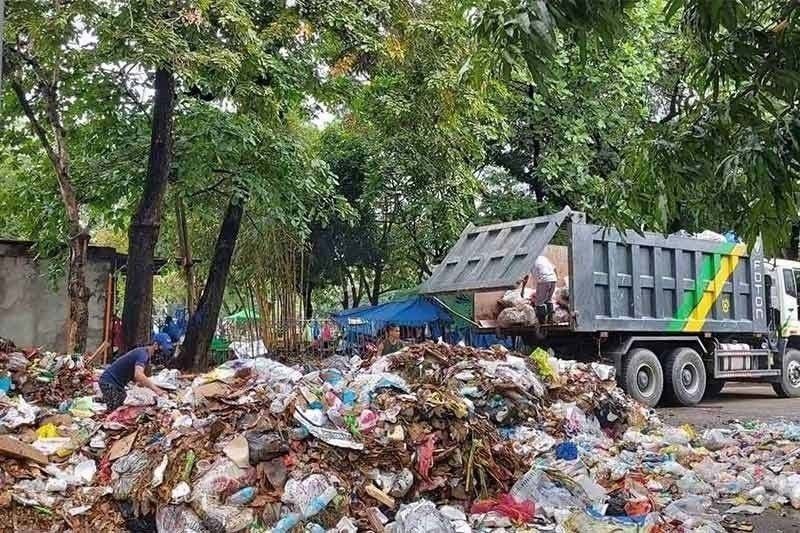Philippines produces 61,000 million metric tons of waste daily

MANILA, Philippines — The Philippines generates at least 61,000 million metric tons of waste daily, 24 percent of which is plastic waste, according to Environment Secretary Maria Antonia Yulo-Loyzaga.
Loyzaga added that 70 percent of the material value plastics is lost to the Philippine economy each year, equivalent to value loss of $790 million to $890 million per year.
“Today, humans consume 1.75 times the national resources that the earth is capable of regenerating. Moreover, as highlighted in the circular gap report, the majority or 70 percent of greenhouse gas emissions come from materials handling and use,” Loyzaga said on Friday during the launching of LOOPFORWARD, a joint undertaking between the DENR and the United Nations Development Program (UNDP) in Pasay City.
The partnership between the DENR and the UNDP aims to ensure full compliance of industries with the Extended Producer Responsibility (EPR) Act of 2022 or Republic Act 11898.
Loyzaga noted that the country produces 163 million plastic sachet packets, 48 million shopping bags and 45 million thin-film bags daily.
She added that 33 percent are disposed of in landfills and dumpsites, while 35 percent are leaked into the open environment and oceans.
“The EPR Act institutionalized the extended producer responsibility mechanism as a practical approach to efficient waste management, focusing on waste reduction, recovery and recycling and the development of environment-friendly products that advocate the internationally-accepted principles on sustainable consumption and production, circular economy and producers’ full responsibility throughout the life cycle of their product,” she added.
Loyzaga also underscored the need to improve the livelihood of waste pickers and their communities.
For his part, UNDP Resident Representative Selva Ramachandran said that while there was significant progress over the last century, the growth was accompanied by excessive abuse of resources and environmental degradation.
“The 2023 Circularity Gap Report indicates that only 7.2 percent of the global economy is circular. The rising extraction and use of material has shrunk global circularity from 9.1 percent in 2018 to 7.2 percent in 2023. This leaves a significant circularity gap. The world almost exclusively relies on new materials, more than 90 percent of materials are either wasted, lost or remain unavailable for reuse for years,” Ramachandran said.
He added that studies place the Philippines among the highest ocean plastic waste polluters globally.
According to Ramachandran, the challenge at hand is how to leapfrog the implementation of EPR in the Philippines.
“We can no longer afford to remain business-as-usual and only focus on downstream solutions. We challenge the obliged enterprises to put more focus on waste avoidance and reduction, including through product redesign to improve reusability, recyclability or retrievability, and employing reuse and refill strategies.”
Environment Undersecretary for Policy, Planning and International Affairs Jonas Leones said that only 28 percent of the country’s plastic waste gets recycled and at least 800,000 metric tons of plastics are disposed of annually.
“Majority of the material value of plastics is lost to the Philippine economy,” Leones added.
He added that under the EPR law, violators will face a fine of P5 million to P20 million and automatic suspension of business permit until the requirement of RA 11898 is complied with.
- Latest
- Trending





























